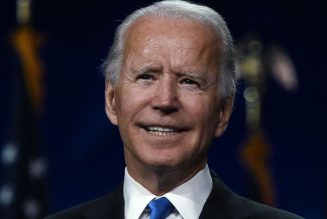I get it — despite all the warnings about climate change, you or someone you know has big Scrooge McDuck-sized dollar signs in their eyes after realizing a pinch of blockchain is all you need to turn a JPG image into cold hard cash, and now you’re casting about for something — anything — to turn into an NFT while the initial gold rush lasts.
Then, you spot it: something that doesn’t exactly belong to you. You’re not going to sell that, right? And yet that’s kinda what indie game developer Jason Rohrer is attempting to do, according to Kotaku: sell NFT copies of 155 digital paintings that he originally commissioned for his game The Castle Doctrine as individual artworks online. Which… I mean maybe he’s legally got the rights, even though NFTs didn’t exist back then?
Except Rohrer isn’t even trying to pretend they’re his — he credits each artist on his new crypto gallery page, calling them his “personal friends,” and says he’s willing to “share” with them if they “bring in loads of auction money and back-end royalties.”
Some of his “friends” were not particularly happy about this level of generosity, according to Kotaku, and you should go read their biting responses in full. Here’s one to start:
Canabalt and Overland developer Adam Saltsman described the NFT auction as a “a lose-lose proposition for me in the short term.” ”Either Jason does more gross public shit using my art, or else I have to like…talk to Jason, and spend some of my life doing that, which also sucks,” Saltsman told Kotaku in an email.
At press time, it’s unclear if Rohrer realizes the irony in continuing to use the phrase “PROTECT WHAT’S YOURS” as his website header image. (He has removed some pieces from the site at the artist’s request, though.)
:no_upscale()/cdn.vox-cdn.com/uploads/chorus_asset/file/22372734/headerFinal__1_.png)
I have to admit, I’m curious: would you ever buy an NFT from someone who didn’t produce the art? Since an NFT is effectively a digital autograph, I’d much rather own one from the original artist.
Perhaps that’s why no one has yet purchased this famous photo of a famous anonymous 4Chan post about how “literally anything can be art.” Then again, a framed copy of that post once sold for nearly $100,000.










